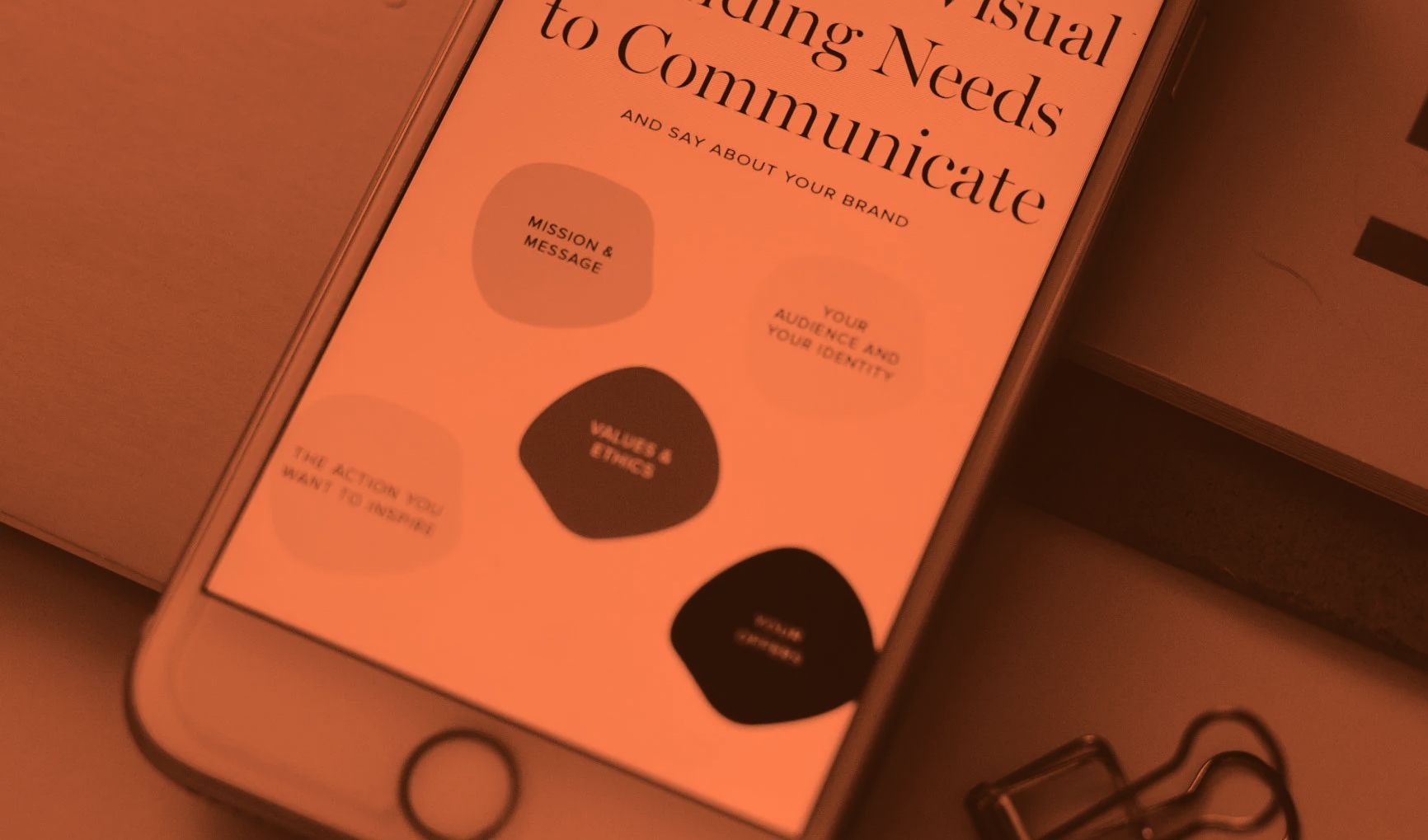Few people follow simple career paths, and while the millennial generation has often been known for job-hopping, many people have genuine reasons for taking a break from their chosen profession and pursuing different methods of fulfilment.
In its broadest sense, the concept of on-ramps and off-ramps in the world of work mostly effects women, and makes it easier for them to balance personal and professional desires without compromising either. In an industry such as IT, where staffing solutions are still grappling with a gender imbalance, a renewed focus on inclusive employment practices could make a massive difference to the sector as a whole.
What are on-ramps and off-ramps?
To make this metaphor work, think of a career as a highway. Off-ramps provide a way to take a well-earned break without disrupting a journey, and on-ramps allow people to return to work and reintegrate with the workforce.
An off-ramp in the recruitment context is any event that enables a person to leave their role for extended periods of time. According to a 2010 survey conducted by the Harvard Business Review, the average time women spent out of the workforce was 2.7 years.
One of the most common off-ramps for women to exit through is maternity leave, an employer-approved process allows people to put their careers on hold to start families. The Australian Bureau of Statistics (ABS) discovered that 83 per cent of women who work during their pregnancy take paid leave following the birth of the child.
While maternity leave is intended to keep an on-ramp available for women to rejoin the workforce through their previous roles, many decide not to use it. The ABS found that many women are subjected to discrimination when working while pregnant, with more than one-third (34 per cent) indicating their choice to take maternity leave saw them miss a valuable opportunity for promotion.
What’s the solution to easier on-ramping?
The best way for organisations to make on-ramps attractive to people who have been out of the workforce for an extended period of time are defined by inclusive and flexible working arrangements.
For a woman looking for IT jobs after having kids, a 40-hour week based around traditional nine to five work hours may not fit her new schedule. In these cases, this arrangement may mean she is unable to pick up or drop off children to school or daycare. To solve these issues, businesses can implement a range of different flexible work practices to make their organisations more inclusive.
- Part-time working – Only come into work on select days or for shorter shifts.
- Job sharing – Split the role between multiple part-time candidates, creating a full work week for the business.
- Home working – Work remotely when applicable.
According to Boston College, one of the benefits that arises from flexible working practices is a greater proportion of senior women end up leading companies. The institution noted that these practices are of particular value to mothers looking for on-ramps back into the workforce.
Boston College drew on a testimonial from Ernst & Young to reinforce how flexible work practices create more inclusive environments.
“We’ve seen faster attainment of our goal to achieve 30% female partner admissions each year,” the consultancy stated.
“A culture of flexibility as a norm will enhance the opportunity for all our people to succeed, and is mentioned often by our senior women.”
McKinsey & Company also investigated the factors that influence the number of women who pursue leadership roles. The firm found that, while the numbers are improving, the quantity of women who remain in the leadership pipeline still drops off noticeably. While women make up 45 per cent of entry-level positions, this figure drops to just 17 per cent when focusing on the C-Suite.
While there is still an imbalance in the number of women who pursue IT jobs, if employers and candidates focus on the role of flexible work practices, these trends are likely to change.






